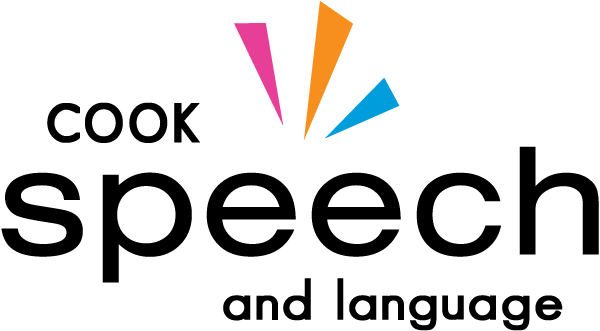
The goals of speech and language treatment for the child with a reading problem target the specific aspects of reading and writing that the student is missing. For example, if the student is able to read words but is unable to understand the details of what has been read, comprehension is addressed. If a younger student has difficulty distinguishing the different sounds that make up words, treatment will focus on activities that support growth in this skill area (rhyming, tapping out syllables, etc.).
Individualized programs always relate to the school work. Therefore, materials for treatment are taken from or are directly related to content from classes (e.g., textbooks for reading activities, assigned papers for writing activities, practice of oral reports for English class). The student is taught to apply newly learned language strategies to classroom activities and assignments. To assist the child best, the SLP may work side-by-side with the child in his or her classroom(s).
Intervention with spoken language (speaking and listening) can also be designed to support the development of written language. For example, after listening to a story, the student may be asked to state and write answers to questions. He or she may be asked to give a verbal and then a written summary of the story.
Articulation (pronunciation) needs are also treated in a way that supports written language. For example, if the child is practicing saying words to improve pronunciation of a certain sound, he or she may be asked to read these words from a printed list.
The SLP consults and collaborates with teachers to develop the use of strategies and techniques in the classroom. For example, the SLP may help the teacher modify how new material is presented in lessons to accommodate the child’s comprehension needs. The SLP may also demonstrate what planning strategies the student uses to organize and focus written assignments.
This information adopted from asha.org.
